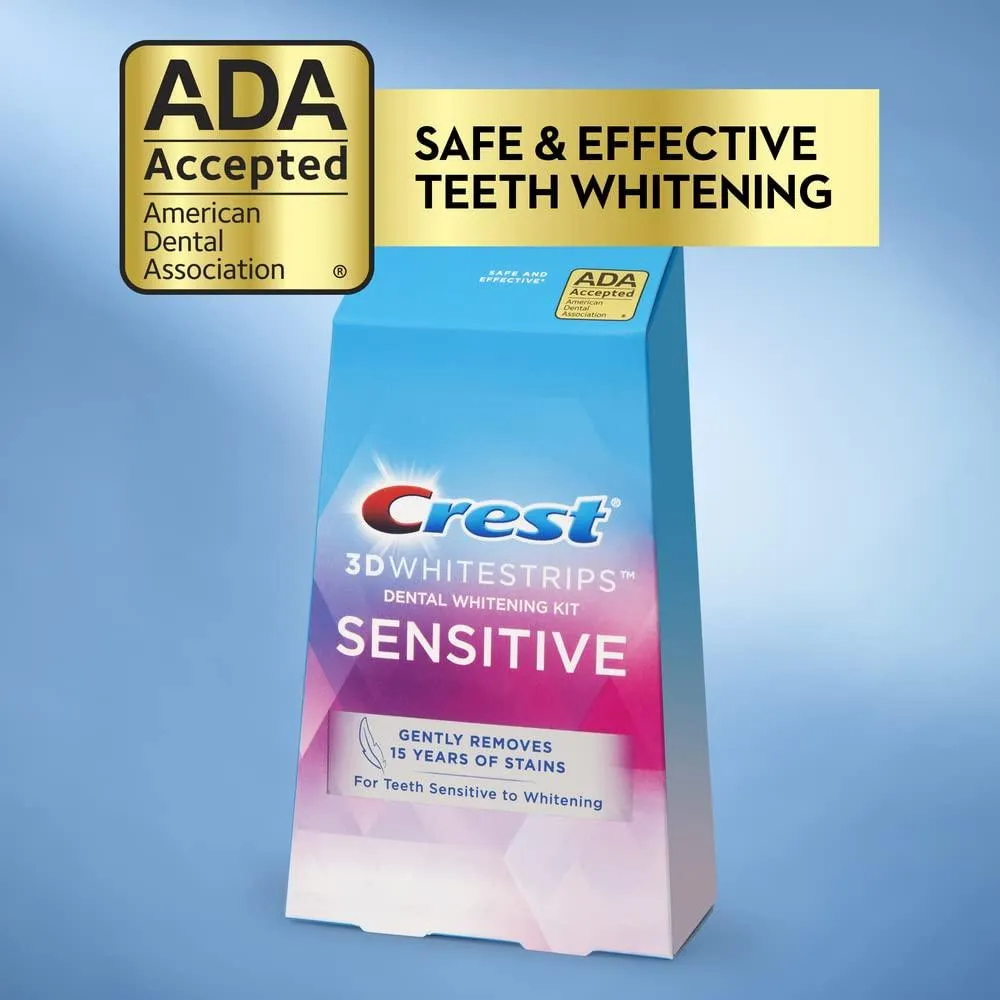Understanding Crest Whitening Strips and Sensitivity
Crest Whitening Strips have become a popular method for achieving a brighter smile, but a common concern among users is tooth sensitivity. This article explores the relationship between Crest Whitening Strips and sensitive teeth, providing insights into the causes, preventative measures, and alternative options. Understanding this connection is crucial for anyone considering teeth whitening, ensuring they can achieve their desired results while minimizing discomfort. The goal is to help you navigate the world of teeth whitening with confidence and a healthy, happy smile. We will examine how these strips work, what causes sensitivity, and, most importantly, how to use them safely and effectively.
What Causes Tooth Sensitivity
Tooth sensitivity can stem from various factors, often related to the erosion of enamel or the recession of gums. Enamel, the hard outer layer of the tooth, protects the underlying dentin, which contains nerve endings. When enamel thins or is damaged, these nerves become more exposed, leading to sensitivity. Similarly, gum recession exposes the root surfaces of the teeth, which are not protected by enamel and are therefore more susceptible to sensitivity triggers. These triggers include hot, cold, sweet, or acidic foods and drinks.
Enamel Erosion and Sensitivity
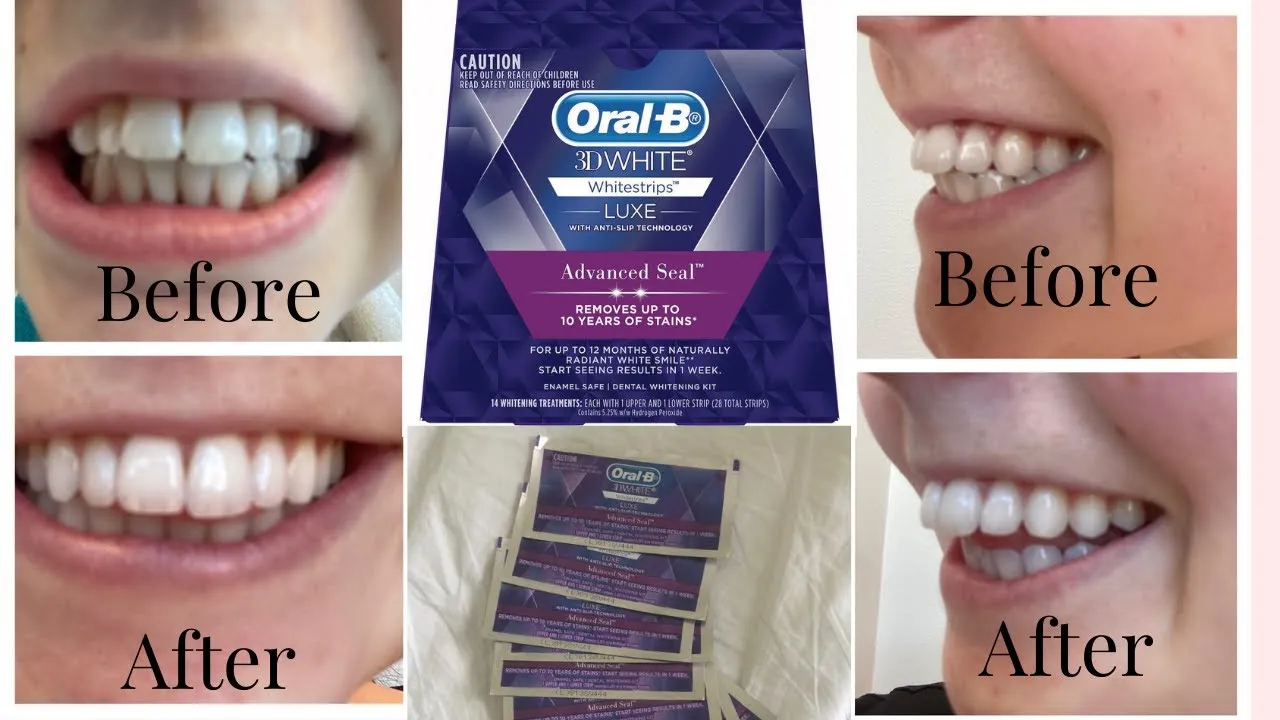
Enamel erosion is a gradual process that can be caused by several factors, including the consumption of acidic foods and drinks, aggressive brushing, and certain medical conditions like acid reflux. The acids in these substances can wear away the enamel over time, making the teeth more vulnerable. Once the enamel is compromised, the dentin becomes exposed, leading to sensitivity. This is because dentin contains tiny tubules that lead directly to the nerve center of the tooth. Effective oral hygiene practices and dietary adjustments can help to prevent enamel erosion and reduce sensitivity.
Gum Recession and Sensitivity
Gum recession is another significant contributor to tooth sensitivity. This condition occurs when the gum tissue pulls back from the teeth, exposing the root surfaces. Unlike the crown of the tooth, which is covered by enamel, the roots are covered by cementum, which is softer and more porous. This makes the root surfaces more susceptible to sensitivity. Gum recession can be caused by aggressive brushing, periodontal disease, or genetics. Regular dental checkups and proper oral hygiene are essential for preventing and managing gum recession, thereby reducing sensitivity.
How Crest Whitening Strips Can Cause Sensitivity
Crest Whitening Strips use hydrogen peroxide as their active ingredient to bleach the teeth and remove stains. While effective, this process can also lead to sensitivity. The hydrogen peroxide can penetrate the enamel and dentin, causing temporary inflammation of the tooth’s nerve. This irritation can result in the familiar sensation of sensitivity, particularly when exposed to temperature changes or certain foods. The degree of sensitivity varies from person to person, influenced by factors like enamel thickness and pre-existing sensitivity.
The Role of Hydrogen Peroxide
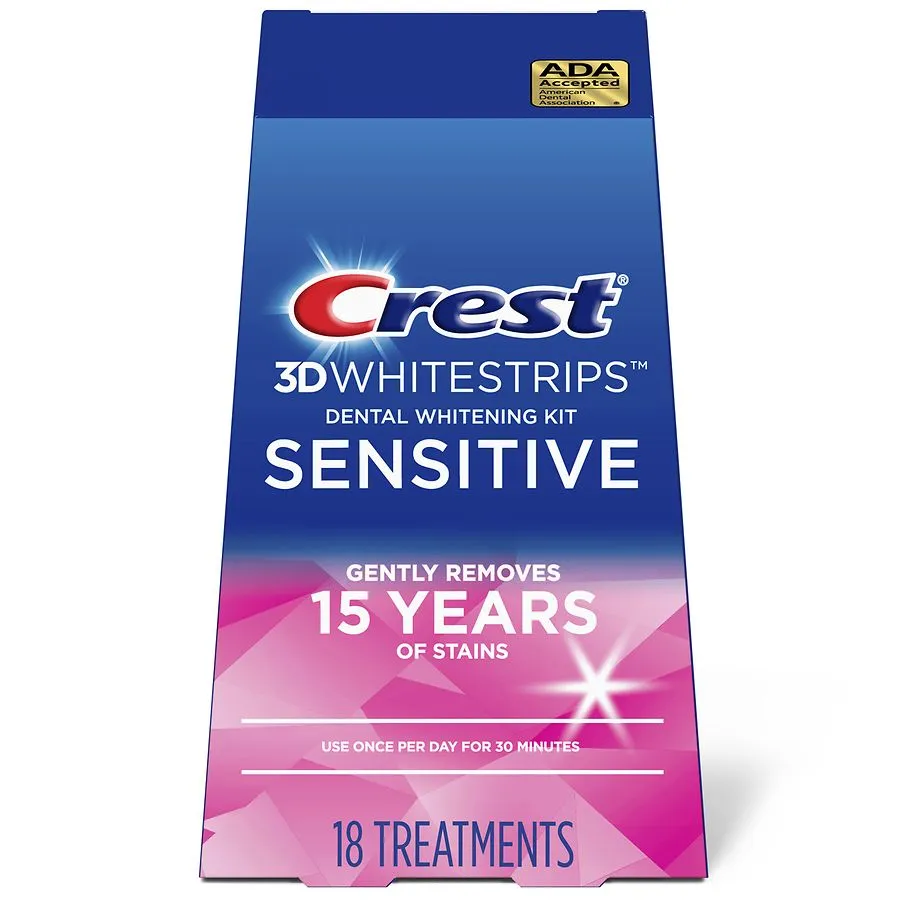
Hydrogen peroxide is the key ingredient in Crest Whitening Strips, and it’s the primary reason why some users experience sensitivity. The concentration of hydrogen peroxide in the strips determines their whitening power, but also influences the likelihood of sensitivity. The chemical breaks down into water and oxygen, effectively oxidizing the stain molecules within the tooth enamel. However, during this process, the peroxide can also irritate the nerves inside the teeth, leading to sensitivity. Understanding the role of hydrogen peroxide is crucial for using these strips safely and mitigating potential side effects.
Individual Tooth Sensitivity Levels
Individual tooth sensitivity varies greatly. Some people naturally have thicker enamel or less sensitive teeth, while others may have thinner enamel or underlying dental issues that make them more prone to sensitivity. Factors such as genetics, age, and previous dental treatments can all play a role. If you already experience tooth sensitivity, you are more likely to have issues with whitening strips. It is essential to assess your baseline sensitivity level before starting any whitening treatment. This awareness allows you to choose the appropriate product and take necessary precautions to minimize discomfort.
How to Minimize Sensitivity With Crest Whitening Strips
Fortunately, there are several steps you can take to minimize sensitivity while still achieving a brighter smile with Crest Whitening Strips. Choosing the right product, using the strips as directed, and adopting other preventative measures can significantly reduce discomfort. Being proactive in your approach to teeth whitening can make the experience more enjoyable and effective.
Choose the Right Crest Whitening Strip Product
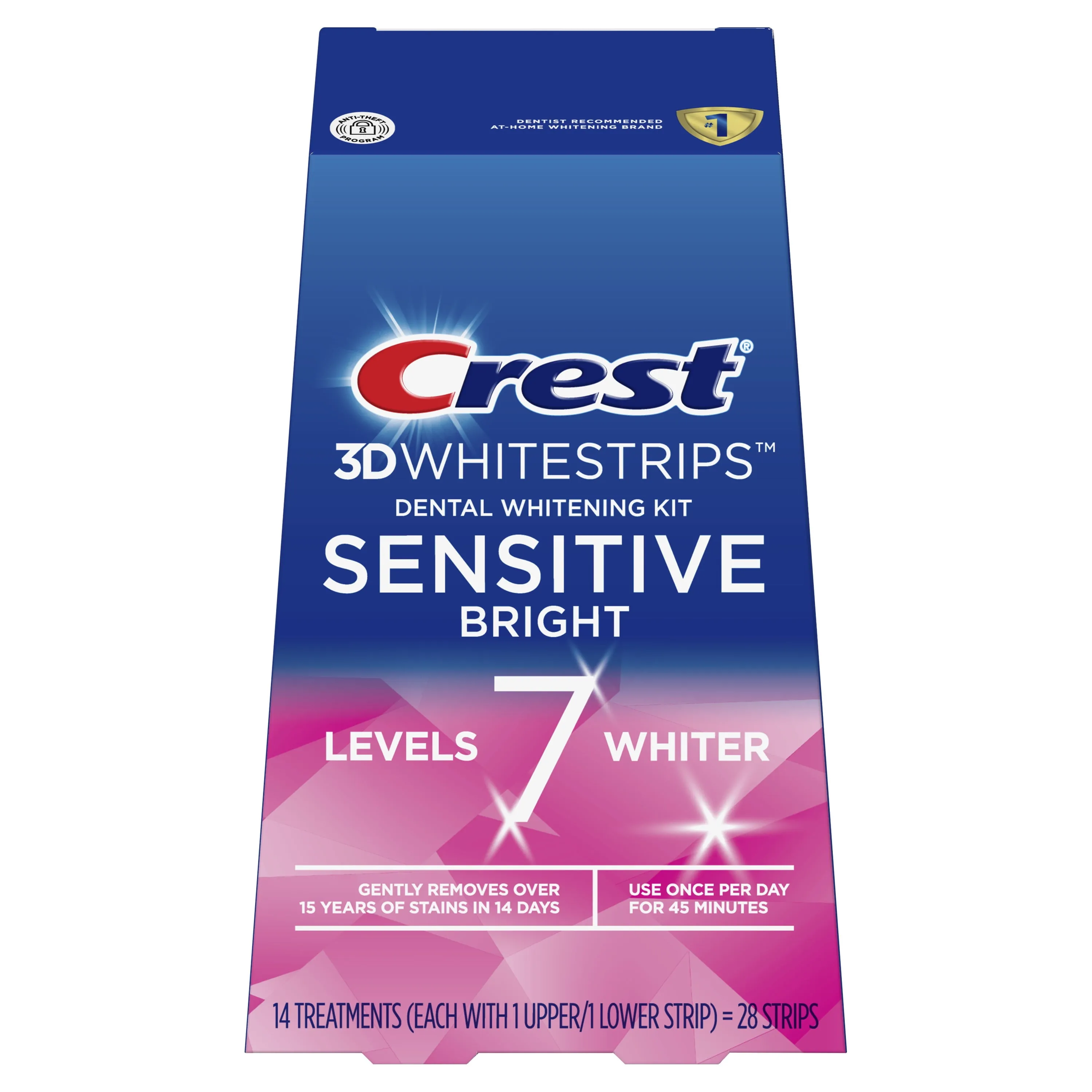
Crest offers a variety of whitening strips with different concentrations of hydrogen peroxide. If you have sensitive teeth, it’s best to start with a product designed for sensitive teeth, which typically contains a lower concentration of the active ingredient. These strips are gentler and less likely to cause irritation. You can gradually increase the strength of the product as your teeth adjust, but always prioritize comfort and avoid pushing through unnecessary pain. Consulting with your dentist can also help you determine the most appropriate product for your specific needs.
Use Strips as Directed
Adhering to the instructions provided with your Crest Whitening Strips is essential for minimizing sensitivity. This includes the recommended wear time, which is usually around 30 minutes. Leaving the strips on for longer than recommended does not necessarily increase the whitening effect, but it can significantly increase the risk of sensitivity. Ensure that the strips are correctly applied, covering the teeth without touching the gums excessively. Following the directions carefully helps to optimize the whitening process while reducing the potential for discomfort.
Limit Duration and Frequency
Reducing the frequency and duration of your whitening treatments can also help minimize sensitivity. Avoid using the strips every day, especially if you are experiencing discomfort. Instead, consider using them every other day or even less frequently, depending on your tolerance. You can also shorten the wear time if you find it more comfortable. This approach allows you to maintain your whitening results without overexposing your teeth to the active ingredients. Listen to your teeth and adjust your usage accordingly.
Use Sensitivity Toothpaste

Sensitivity toothpaste can be a valuable tool in managing and preventing tooth sensitivity. These toothpastes typically contain ingredients like potassium nitrate, which help block the pain signals from the nerves in your teeth. Start using sensitivity toothpaste a couple of weeks before you begin using Crest Whitening Strips and continue using it throughout your whitening process. Applying a small amount of sensitivity toothpaste to your teeth before applying the strips can also provide an extra layer of protection.
Consult Your Dentist
If you experience persistent or severe sensitivity, consult your dentist. They can assess the underlying causes of your sensitivity and recommend appropriate treatments, such as fluoride treatments or other desensitizing agents. Your dentist can also advise you on whether whitening strips are suitable for your specific situation, considering your overall oral health. Regular dental checkups are essential for maintaining good oral health and addressing any potential issues early.
Other Considerations and Alternatives
While Crest Whitening Strips are a popular choice, they are not the only option for teeth whitening. Exploring alternative treatments and preventative measures can help you achieve a brighter smile while prioritizing your oral health. Understanding the pros and cons of each method allows you to make informed decisions that best suit your needs.
Whitening Alternatives
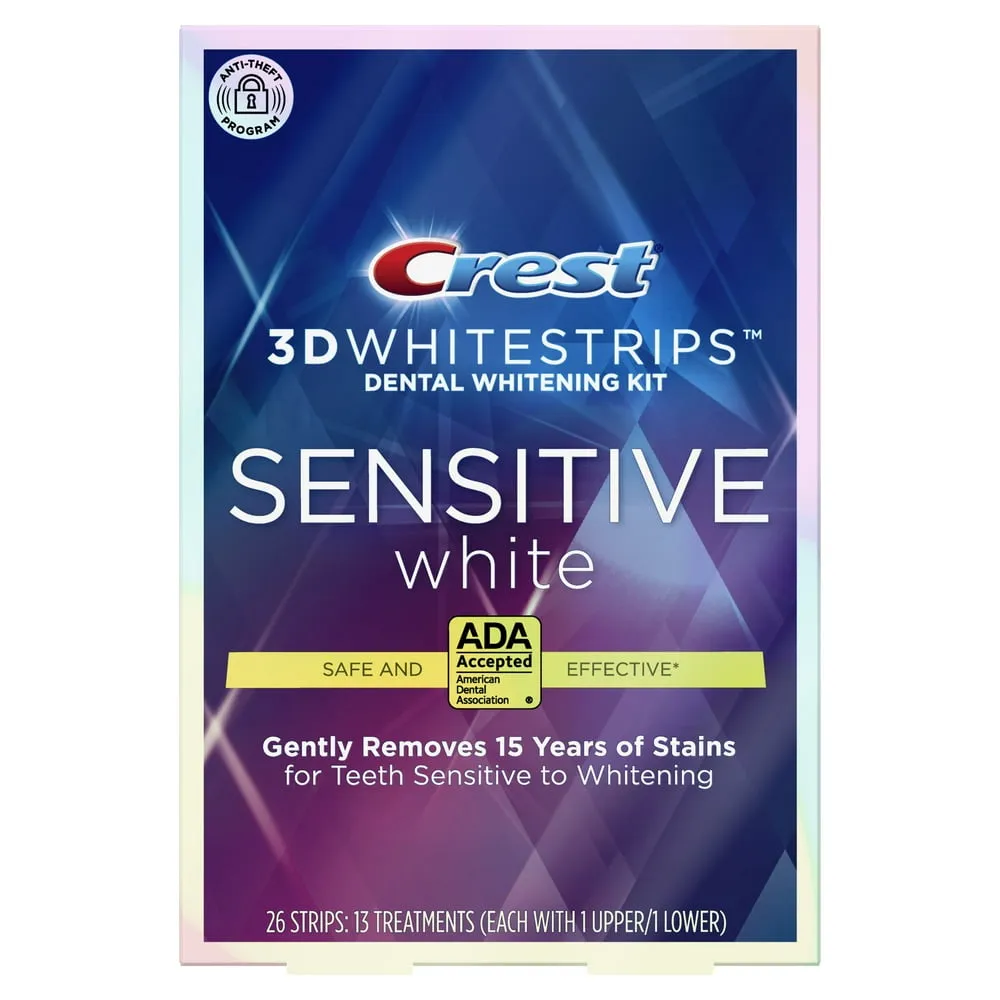
There are several alternatives to Crest Whitening Strips. Whitening toothpastes, which contain mild abrasives and sometimes low concentrations of peroxide, can help remove surface stains. Whitening mouthwashes can also contribute to a brighter smile, although their whitening power is generally less effective than strips. Over-the-counter whitening gels and trays offer another option, allowing for more customized treatment. Consider these alternatives if you experience sensitivity with whitening strips, as they may be gentler on your teeth.
Professional Whitening Treatments
Professional teeth whitening treatments, performed by a dentist, offer the most effective and controlled approach to teeth whitening. These treatments typically use higher concentrations of hydrogen peroxide than over-the-counter products, resulting in faster and more dramatic results. Your dentist can also take steps to protect your gums and minimize sensitivity during the procedure. While professional whitening can be more expensive, it often provides superior outcomes and peace of mind, especially for individuals with sensitive teeth or significant staining.
Home Remedies
Some home remedies, such as oil pulling with coconut oil or using baking soda, are sometimes suggested for teeth whitening. However, it’s essential to approach these methods with caution, as their effectiveness is often limited, and they can potentially cause harm. Baking soda, for example, can be abrasive and may damage enamel if used excessively. Always consult with your dentist before trying any home remedies to ensure they are safe and appropriate for your oral health.
Preventative Measures for Sensitive Teeth
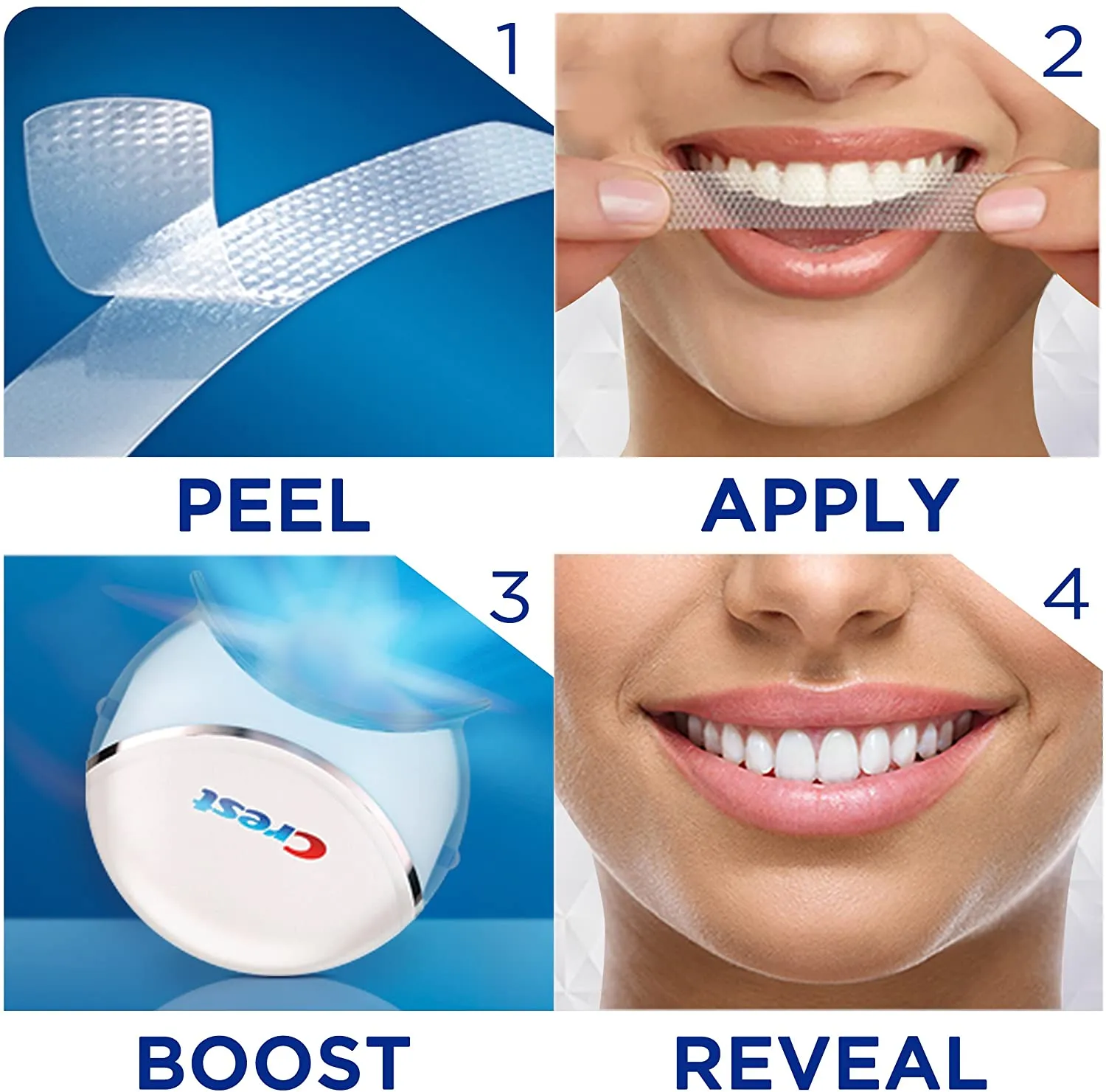
In addition to choosing the right whitening methods, adopting good oral hygiene habits is critical for preventing and managing tooth sensitivity. These practices will not only help you avoid sensitivity but also maintain overall oral health and a beautiful smile.
Proper Brushing Techniques
Brushing your teeth correctly is crucial for maintaining healthy teeth and gums. Use a soft-bristled toothbrush and brush gently in a circular motion, ensuring you reach all surfaces of your teeth. Avoid scrubbing or applying excessive pressure, which can wear away enamel and damage your gums, leading to sensitivity. Aim to brush your teeth for two minutes, twice a day. Proper brushing removes plaque and bacteria, preventing tooth decay and gum disease, both of which can contribute to sensitivity.
Use a Soft-Bristled Toothbrush
Opting for a soft-bristled toothbrush is one of the best things you can do to protect your enamel and gums. Hard or medium bristles can be overly abrasive, especially if you brush aggressively. Soft bristles are gentler on the teeth and gums, effectively removing plaque and bacteria without causing damage. Change your toothbrush every three months, or sooner if the bristles become frayed. Using a soft-bristled toothbrush is a simple yet impactful step towards preventing sensitivity and promoting overall oral health.
Avoid Aggressive Brushing
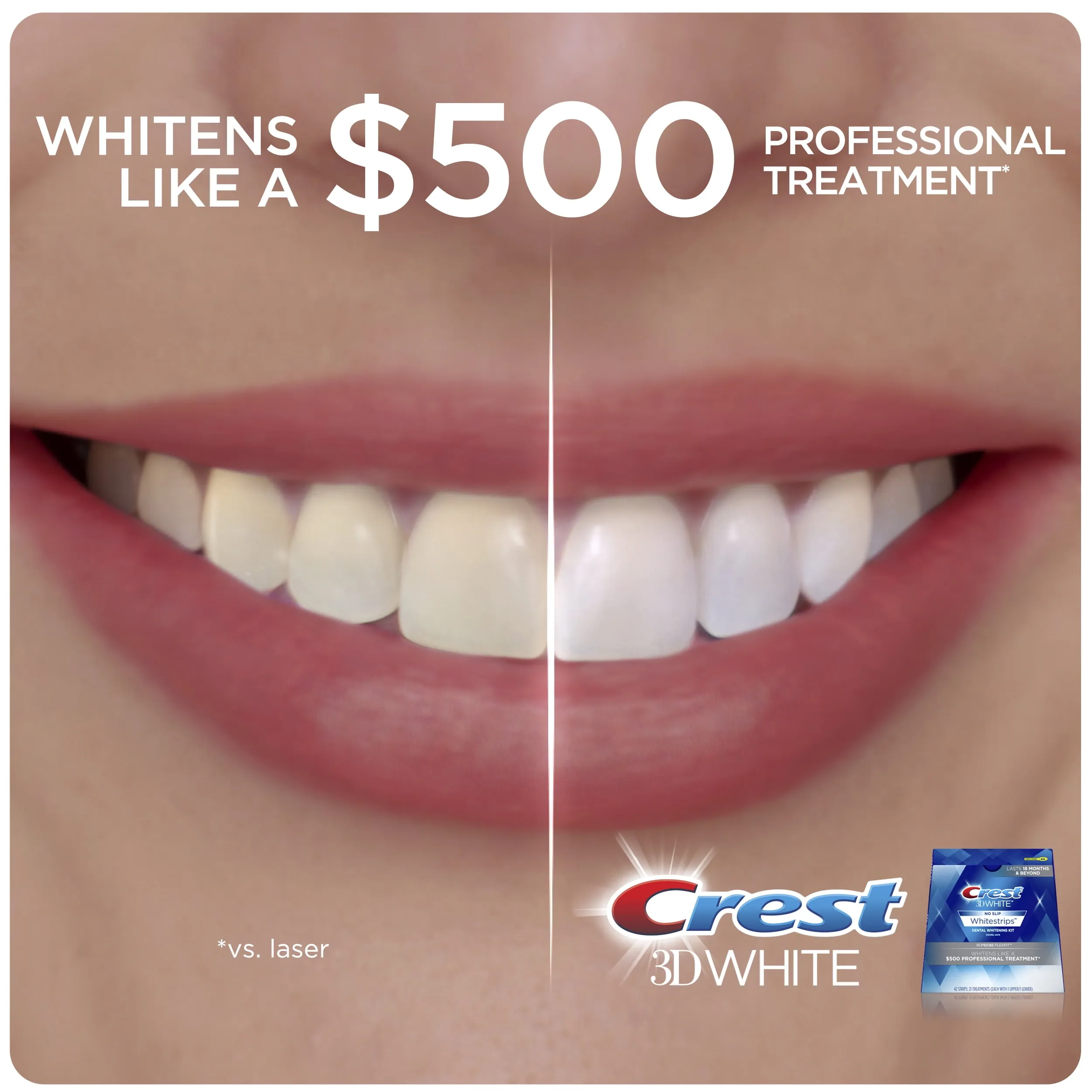
Aggressive brushing is a common culprit behind enamel erosion and gum recession, both of which can lead to sensitivity. Brushing too hard, or using excessive force, can wear away the protective layers of your teeth and damage your gums. Instead, adopt a gentle approach, using small, circular motions to clean your teeth. Pay attention to the pressure you apply and adjust it as needed. If your toothbrush bristles are splaying out quickly, it’s a sign that you are brushing too hard. This adjustment helps to reduce the risk of sensitivity and preserves your teeth’s natural protection.
Regular Dental Checkups
Regular dental checkups are essential for maintaining optimal oral health and addressing any issues that may contribute to tooth sensitivity. Your dentist can identify early signs of enamel erosion, gum recession, and other problems, allowing for timely intervention. They can also provide professional cleanings, remove plaque and tartar, and apply fluoride treatments to strengthen your enamel. Regular checkups allow your dentist to monitor your oral health and provide personalized recommendations for preventing and managing sensitivity, ensuring a healthy and comfortable smile.
